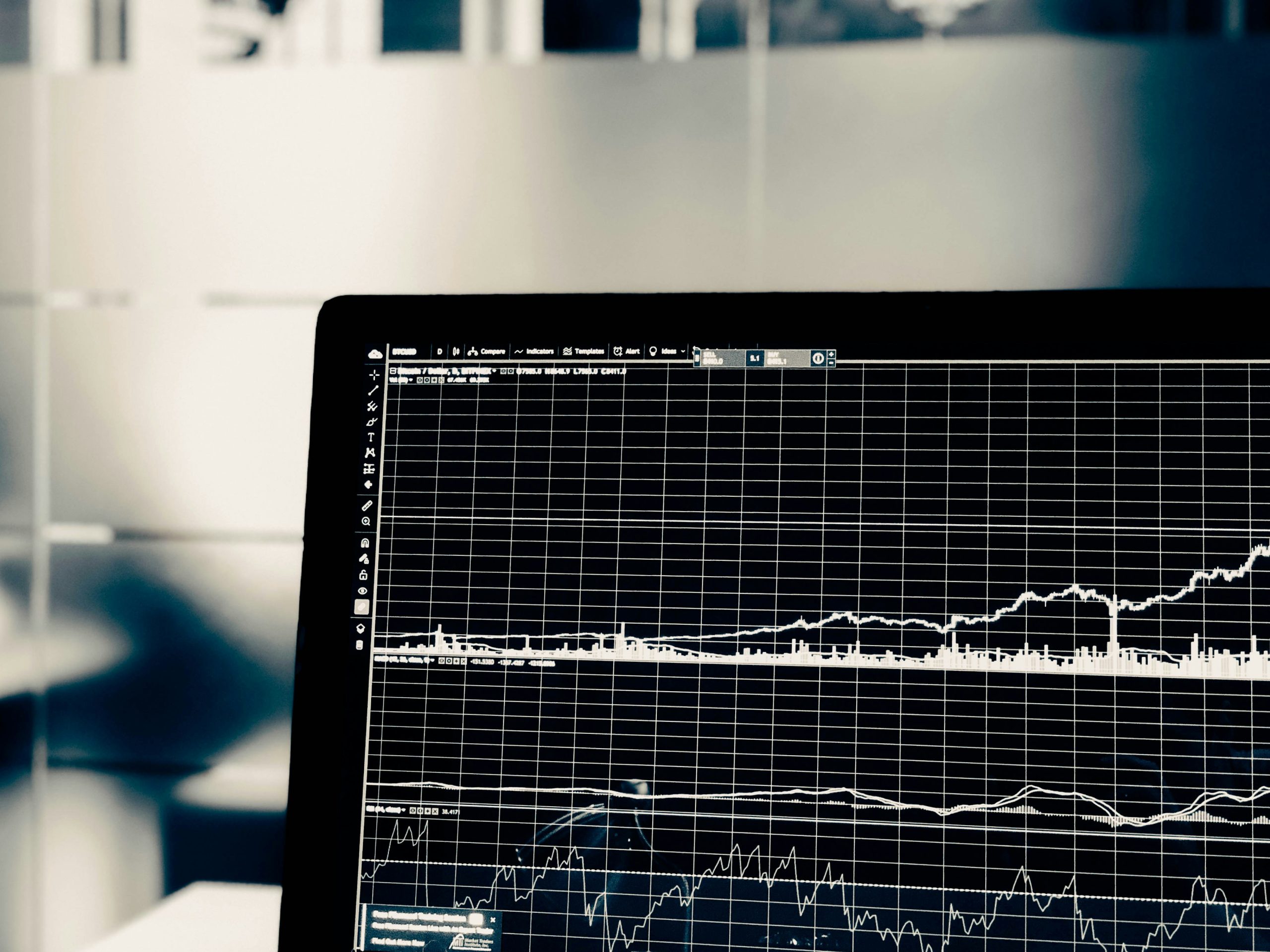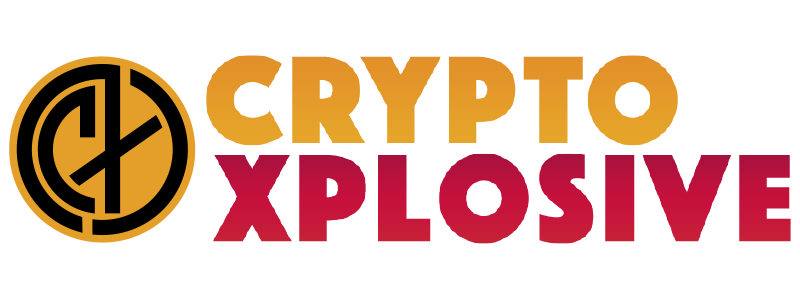AI meets blockchain and decentralised data

Blockchain can become a potent force as the foundation of decentralised AI systems, transparent and fair – ensuring everyone can access not only the technology, but the rewards it delivers.
Blockchain has enormous potential to democratise access to AI by addressing concerns around centralisation that have emerged with the growing dominance of companies like OpenAI, Google, and Anthropic.
Decentralised AI systems built on blockchains can help to democratise access to essential AI resources like computing power, data, and large language models. They are sorely needed too; as AI models become more powerful, their thirst for data and computing power grows, increasing the barrier of entry to the industry.
With blockchain, AI resources can be distributed across open, decentralised networks that anyone can access; levelling the playing field for smaller operators while fostering a spirit of openness and collaboration that’s essential to move the industry forward. Blockchain can create a more equitable system that ensures those who create the data used to train LLMs are fairly rewarded for their contributions.
Challenges in decentralised data
There’s a lot to like about the prospect of a decentralised AI ecosystem, but the reality will only emerge if some of the key challenges around data access, management, and analysis in blockchain are surmounted.
For AI, blockchain can become a critical tool for secure, transparent, and verifiable data management, one that can be accessed by anyone. But blockchains have some architectural problems: they’re essentially a slow, single-table database that records information sequentially – not nearly flexible nor fast enough for the enormous volumes of data required by AI systems.
Another challenge is that blockchains don’t integrate easily with other data environments nor other blockchains. Because of this, most enterprises that use blockchains are forced to deploy an array of point solutions to extract data from the ledger, transform it into a relational format, bring it into a traditional database, and move it into a data warehouse for analysis. Meanwhile, to bring external data onto any blockchain, it’s necessary to use complex and risky data oracles. All of these tools introduce centralisation and security risks into the equation.
Innovative solutions pave the way
Fortunately, a number of innovative solutions are being proposed to help smooth the integration of blockchains and AI. A case in point is Space and Time, creator of a decentralised data warehouse that replaces traditional data stacks and serves as a trustless intermediary between blockchains and enterprise data systems, enabling them to communicate seamlessly.
Space and Time’s secret sauce is its Proof-of-SQL consensus mechanism, which cryptographically verifies the accuracy of SQL database queries and proves the underlying dataset hasn’t been tampered with. This enables smart contracts to interact with external data, paving the way for more sophisticated blockchain applications that use AI. For example, Space and Time can enable an AI chatbot like ChatGPT to access blockchain data without any modification.
Formerly known for its modular AI blockchain, OG has recently rebranded itself as a ‘Decentralised AI Operating System’ called dAIOS. The system uses blockchain to coordinate decentralised resources for AI including storage, data availability, and compute power, so AI applications can operate securely and transparently on-chain while ensuring users retain control of the data that’s fed in.
OG’s dAIOS has three main components – storage for managing large data volumes, ‘data availability’ for data verification, and ‘serving’ to power data retrieval, training, and inference – which can be used by any developer to access the resources needed to power their AI models.
Looking to solve the challenge of blockchain data access, SQD is the creator of an advanced data indexing tool that works by aggregating on-chain data in parquet files and distributing them across nodes in a decentralised data lake. SQD is addressing the architectural inefficiencies of blockchain, namely the way data is stored sequentially in blocks, an architecture that makes it inefficient to query.
Whenever an app needs access to blockchain data, it sends a query to whichever nodes hosts the desired data. Each node is assigned to a specific segment of blockchain data and SQD provides a detailed index of that information so dApps can quickly find what they need. It typically assigns the same blockchain data to multiple nodes to ensure availability, using an algorithm to manage query volumes.
What will AI do for blockchain?
Modern blockchain data infrastructures pave the way for a number of novel AI/blockchain applications. One of the most promising lies in security. AI can enhance blockchain security by monitoring transactions and network activity to detect anomalies in real-time, and mitigate any suspicious activity.
AI can also enhance the capabilities of smart contracts and make them much more intelligent. By using analytics, AI algorithms can predict any problems when they contract conditions are executed. AI-powered natural language processing algorithms can enable smart contracts to understand legal contracts. And generative AI technology can be used to automate the creation of smart contracts, eliminating the need to learn a specialised programming language like Solidity.
The domain of tokenised real-world assets also stands to benefit from an infusion of AI, used to analyse the provenance and condition of RWAs like stocks and fine art. By correlating the analysis with market trends, AI can more accurately calculate the fair market value of tokens. AI can also be used to monitor real-time data fees to continuously update their values. Additionally, it can be used to automate the process of converting RWAs into digital tokens.
Finally, AI can be used to predict future price movements of digital assets by monitoring market trends and industry news. Traders will be able to use the analysis to enhance their decision-making, hedge their investment portfolios and attempt to capitalise on market volatility.
AI for everyone
The AI industry is growing at an unprecedented pace, and the need for decentralisation is becoming more important to ensure the industry remains open and competitive. Blockchain will provide the foundation for cutting-edge, decentralised AI models, leading to the creation of AI tools that cater to the needs of the majority, ones that focus on simplicity, privacy and ease-of-use.
“Space and Time is thrilled to lead Web3 into a new era of data-driven smart contracts and the next generation of DeFi,” said Jay White PhD, Co-Founder and Head of Research at SxT, and the inventor of the Proof of SQL protocol.
As AI and blockchain’s convergence gathers pace, the two technologies will democratise access to AI resources, reward data contributors fairly, and allow any company to use its proprietary data securely. It’s no wonder that industry experts like Miguel Palencia, co-founder of Qtum, express nothing but confidence in their potential.
“Giving everyone true ownership and provenance of AI assets is of the utmost importance,” Palencia told Forbes. “There is a pressing need to address the concentration of AI power in the hands of a few companies.”
Want to learn more about AI and big data from industry leaders? Check out AI & Big Data Expo taking place in Amsterdam, California, and London. The comprehensive event is co-located with other leading events including Intelligent Automation Conference, BlockX, Digital Transformation Week, and Cyber Security & Cloud Expo.
Explore other upcoming enterprise technology events and webinars powered by TechForge here.



Comments are closed, but trackbacks and pingbacks are open.